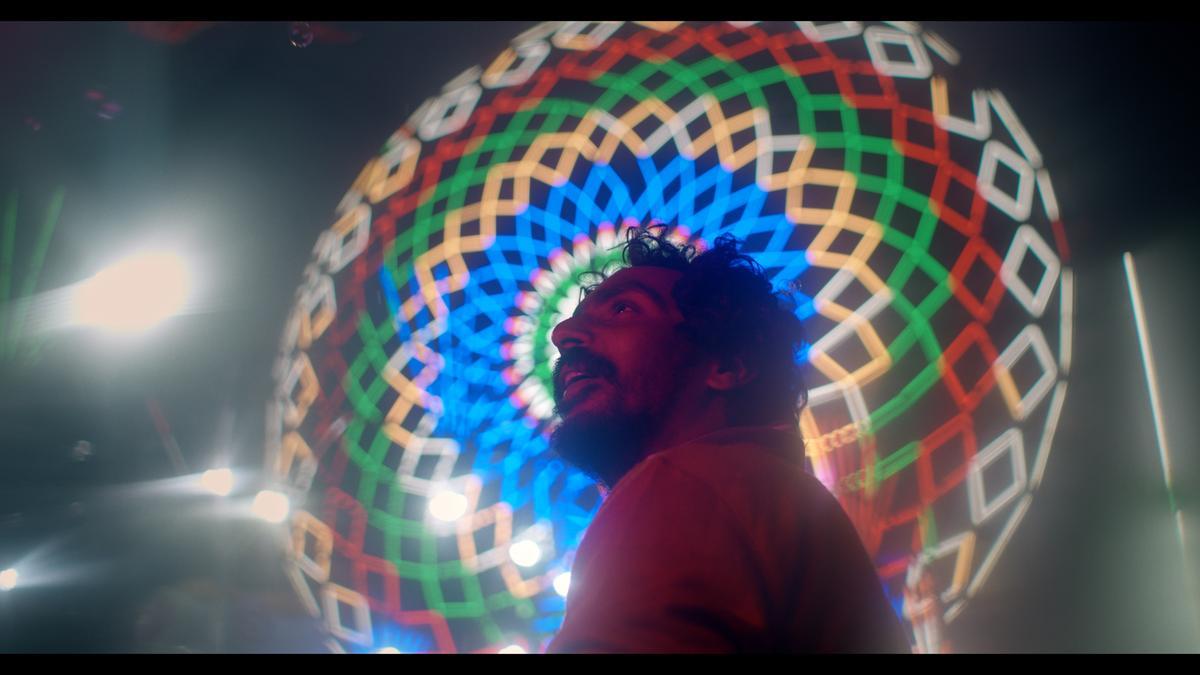One of the less-discussed stereotypes of our films is that mental health is mainly presented as an urban problem. This week, a slice of life story from a village in Madhya Pradesh is making waves, as debutant Jitank Singh Gurjar’s Vimukt: In Search of the Sky has won the prestigious NETPAC Award for the Best Asian Film at the Toronto International Film Festival (TIFF).
On the surface, Vimukt is the story of Naaran, a 26-year-old mentally unstable man born to an elderly underprivileged couple who struggle to save him from the derisive attitude of a patriarchal society and their own complex of having given birth to an imperfect child. The mother feels that a dip at the holy Kumbh might cure her son, while the father, struggling to make ends meet, sees it as an opportunity to abandon what people around him project as a burden.
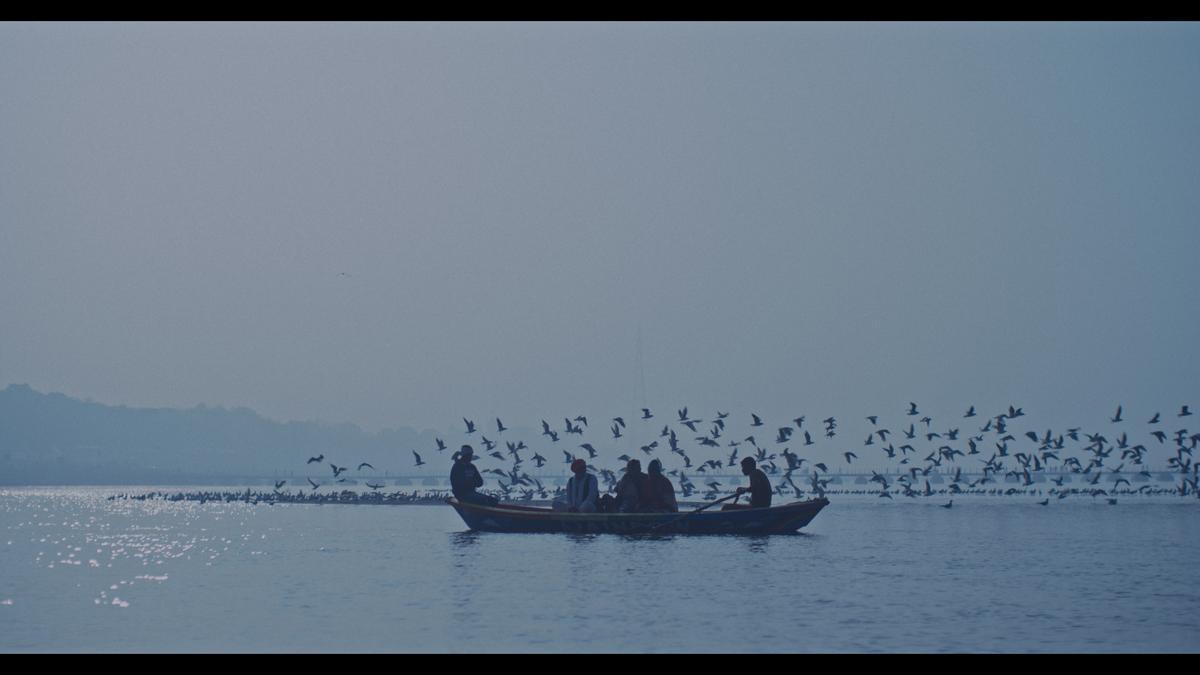
“It’s inspiring to see how our small story from Braj can find resonance in conversations about World Cinema,” says Jitank, who realised the truth of the story penned by producer Pooja Vishal Sharma on screen. “I believe all human emotions are universal. When Pooja came up with the idea, I felt it was a very truthful observation. I saw it as a canvas to bring my own experiences to life. Growing up in a village, I have witnessed how people carry grief and struggles through silence, small gestures, and faith. That essence naturally shaped the storytelling.”

Pooja attests that we tend to imagine mental health as an “urban” subject, but the struggles in villages and smaller towns are often harsher because of silence, stigma, and a lack of resources. “It’s not reportage, it’s a deeply personal lens.” The biggest challenge, she says, was to resist dramatising the story. “I wanted to stay true to the rhythm of a small rural family.”
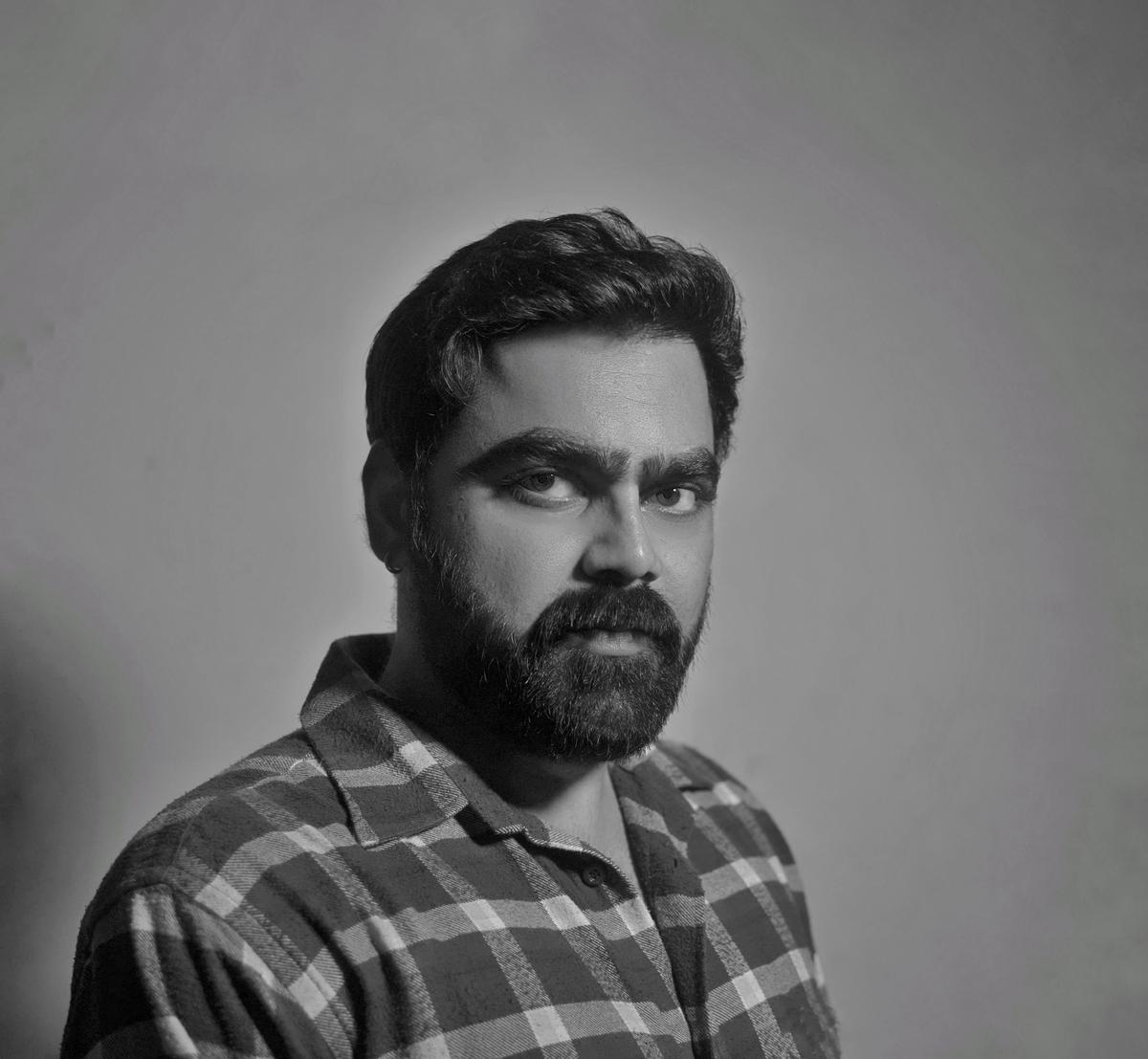
Jitank Singh Gurjar.
Beyond the apparent conflict, there is a spiritual layer to the story that makes it mystical and moving. Jitank underlines that Vimukt means being free — from the weight we carry within: fear, grief, and expectation. “The boy embodies life as it truly is; he doesn’t linger in one mood or one way of being. He isn’t just a son — he is a witness, a reflection of the fluid, ever-changing truth of existence. Through him, faith emerges not as ritual or doctrine, but as a quiet surrender to life — a way of being fully present, open, and ultimately liberated.”
Born in Dabra, a small town near Gwalior, Jitank, who has a degree in Psychology and a grounding in theatre, says whenever he returns to his village, he feels that the culture he grew up in has rarely been shown in cinema. “That gave me the urge to make films rooted in this soil and share those nuances with the world.”
ALSO READ: TIFF 2025 | Why Indian filmmakers love the Toronto International Film Festival
An extension of this motivation is the use of a Braj dialect of Hindi in the film. “When it comes to language, there is Marathi cinema, Haryanvi cinema, and many strong regional voices, but Braj or Bundeli cinema has hardly found space. Yet, approximately 20 crore people speak these dialects. I felt a responsibility to create good cinema in Braj — not just for representation, but to let its spirit, music, and culture breathe on screen.”
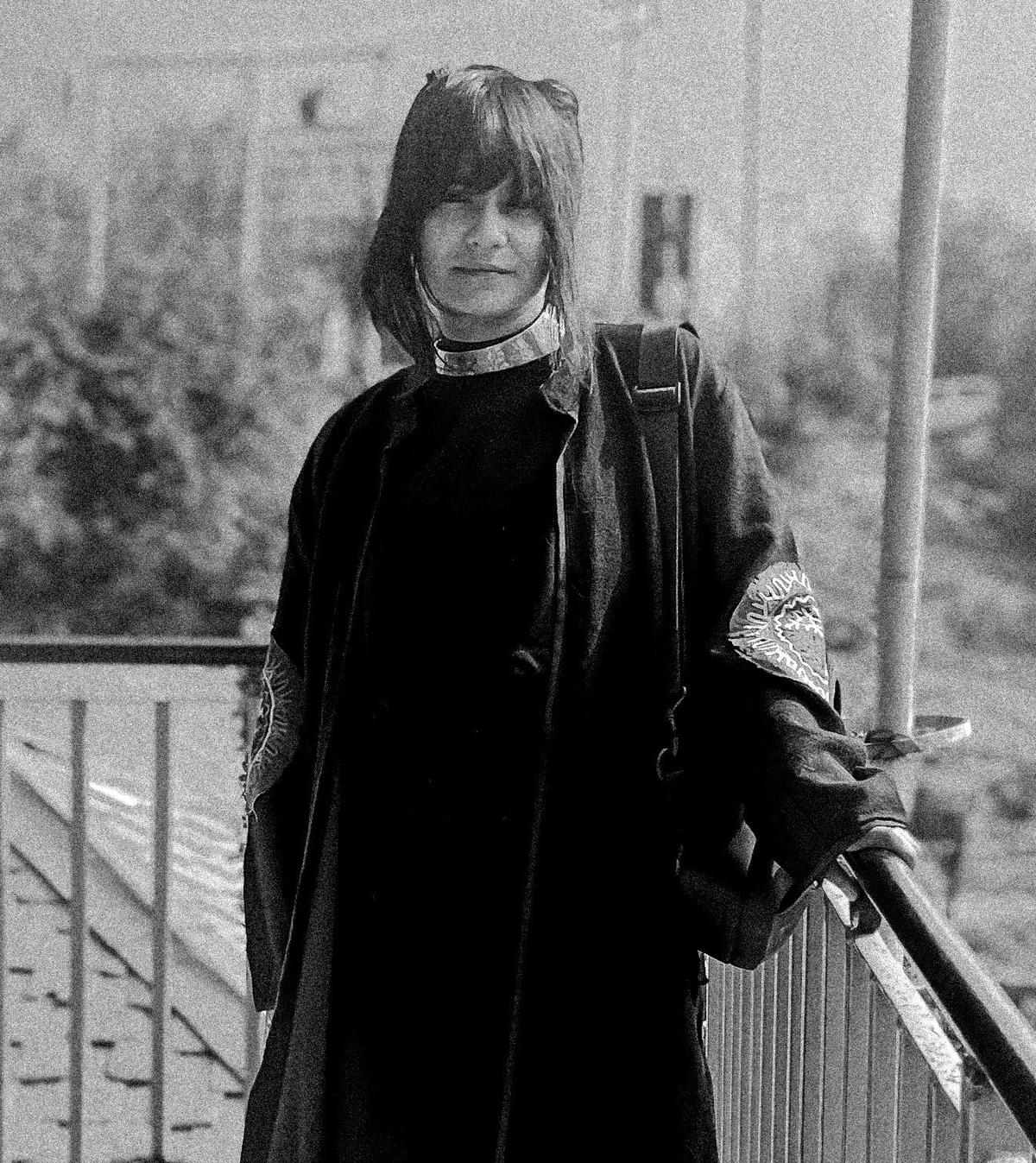
Cinematographer Shelly Sharma.
One of the highlights of the film is Nikhil Yadav’s performance as Naaran. “Nikhil is Pooja’s discovery,” says Jitank. “She was insistent about him, and I wasn’t sure until I saw his audition — it was phenomenal. As we developed the character, we started observing people like Naaran, studying them psychologically, and creating a character history and design. We also spent time at an NGO where such people are cared for, to closely observe their everyday life. That process gave Nikhil a grounding that made the performance feel truthful.”
The film’s visual design also brings out the spiritual underpinnings of the story. The scenes of the Kumbh, particularly the evening scenes against the giant wheel, remind one of Joyland, the much-acclaimed indie from Pakistan. “Joyland is my absolute favourite film of the last decade. That film on multiple levels inspires me,” admits cinematographer and creative director Shelly Sharma.
“The visual colour reference for this was Wes Anderson’s The Darjeeling Limited. The idea here was to make it feel like a place of excitement and uncertainty. Visually, we stayed as close as we could to bring in that added layer of cinematic elements with the help of some filters, an added layer of Vaseline on a clear glass, the use of colour in frame through costumes, and the choice of locations within the Kumbh. Also, however well we could use the limited RGB (red, green, blue) tubes we had at hand for lighting.”
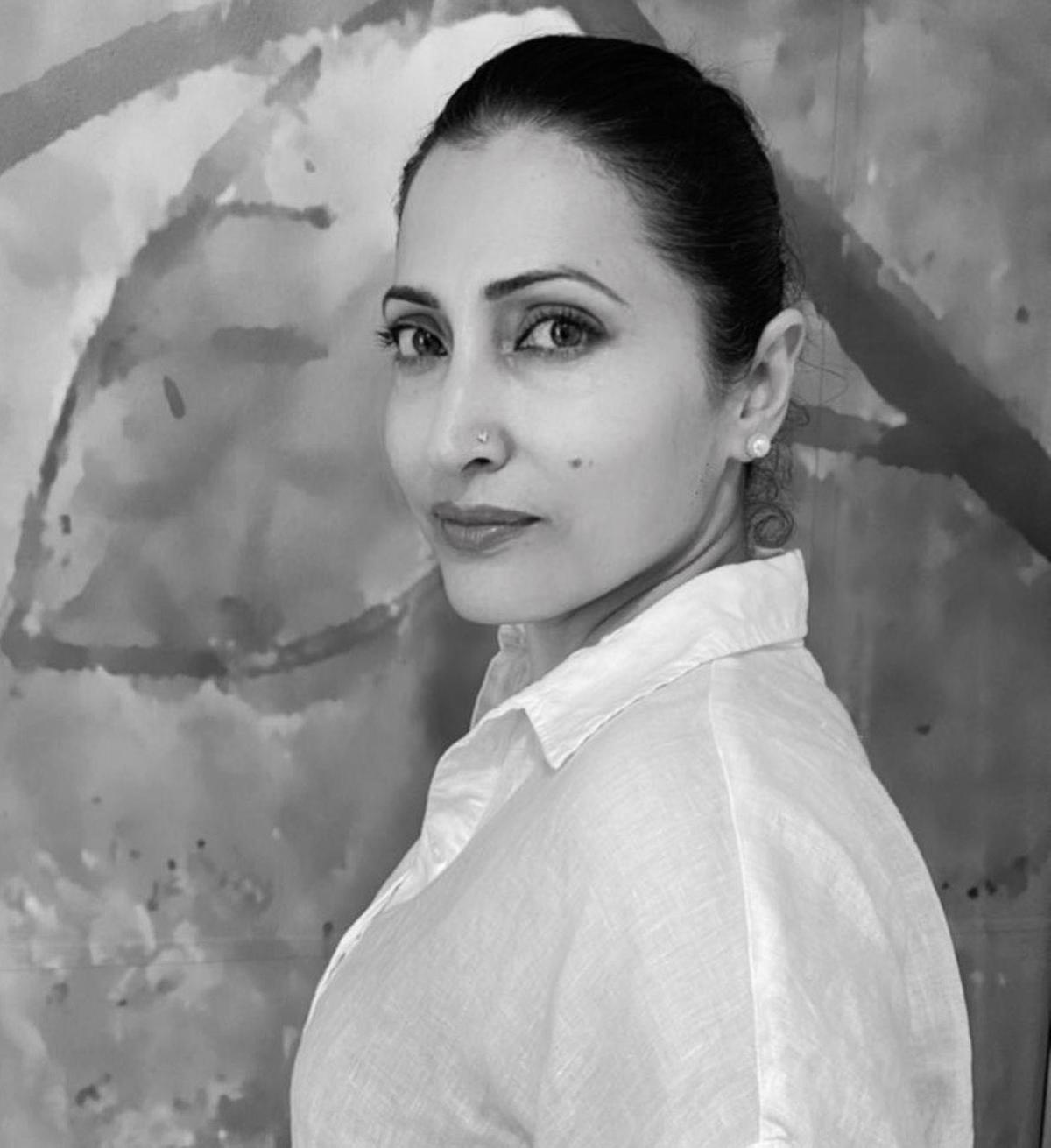
Pooja Vishal Sharma.
The best part, adds Shelly, was the already present production design in the Kumbh. “I only needed to figure out how to use it to my advantage while contributing to the character’s graph significantly.”
ALSO READ: ‘The Divine Hustle’, and ‘Chingam’ to premiere at the Chicago South Asian Festival
Both Jitank and Shelly remark that the Kumbh schedule was a riot. While Jitank remembers how they created fake fights in the crowd, so people would get distracted and allow them to capture the scene they needed, Shelly talks of “playing it by ear” as things and situations would change quickly. “We managed crowds without a controller unit and no proper tech recce.”
Elated with the NETPAC recognition at TIFF, Pooja says, for indie filmmakers, it is not just an award, it is “encouragement, validation, and hope”. “It tells us that our voices matter, that our stories can travel beyond borders and still touch hearts.”
Published – September 17, 2025 03:16 pm IST
